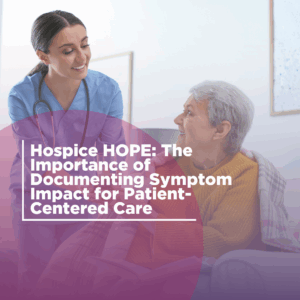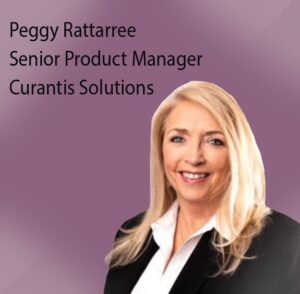Bayada CEO Succession Plan
Bayada CEO Succession Plan
David Baiada to transition out of the CEO role, join BAYADA Home Health Care Board of Directors
Board Succession Committee launches a thorough CEO search
Moorestown, N.J., August 19, 2025 – BAYADA Home Health Care (“BAYADA”), a nonprofit organization and one of the nation’s largest providers of home health, personal home care, private duty nursing, and hospice services, today announced the start of a leadership transition that will conclude with current Chief Executive Officer (CEO) David Baiada moving into a new role on the BAYADA Board of Directors (“Board”) upon the appointment of the company’s next CEO.
First CEO Outside the Family
The Board’s Succession Committee has initiated a comprehensive search for BAYADA’s next CEO—the first non-family member to lead the organization. As the search progresses, David will continue in his role as CEO and will serve as an advisor during the transition.

“Since joining the business more than 20 years ago, David has helped us grow in size and strength, while always putting The BAYADA Way® at the center of every decision. As we celebrate our 50th anniversary, this transition is about the next chapter—the thoughtful continuation of a promise to protect our mission, preserve our values, and pass on our legacy with care.”
The announcement comes on the eight-year anniversary week of David’s appointment to CEO in 2017, which is also when BAYADA announced its transition to nonprofit status.
In His Own Words
“Serving as CEO has been an incredible honor. Together, we’ve grown stronger, strengthened our values, and deepened our commitment to helping people live safely at home with comfort, independence, and dignity.”
Accomplishments
Under David’s leadership, BAYADA has more than doubled in size; restructured into specialized practices of care and invested in technology and clinical innovation. David also helped guide the organization through the global pandemic; expand its community-based services, and strengthen its nonprofit identity. Most importantly, David and his leadership teams have nurtured a culture deeply rooted in The BAYADA Way—the organization’s guiding values of compassion, excellence, and reliability.
From the Board
“The Board is deeply grateful to David for his leadership and devotion to BAYADA’s mission,” said Teresa Carroll, Chair of the Board Succession Committee. “With David’s continued leadership during this transition, then as a Board member, and with our strong executive team in place, we are well positioned for continued success.”
# # #
About Bayada Home Health Care
Celebrating 50 years of care that comes from the heart, BAYADA Home Health Care is the nation’s largest independent, nonprofit home health care provider with over 370 locations across the United States and in Germany, India, Ireland, New Zealand, and South Korea.
Since 1975, BAYADA has been earning the public trust by helping people stay safe at home and by caring for them with compassion, excellence, and reliability, the core values expressed in its statement of purpose,The BAYADA Way®.
BAYADA is proud to support clients of all ages and abilities with a full range of personalized nursing, rehabilitative, therapeutic, hospice, and personal care services. Always anticipating future trends, BAYADA is building a movement of stakeholders to transform home health care so millions can receive the essential services they need.

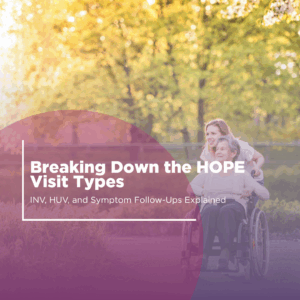
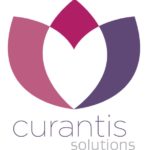
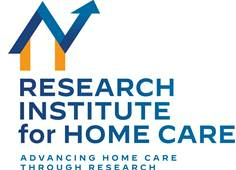
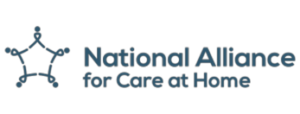
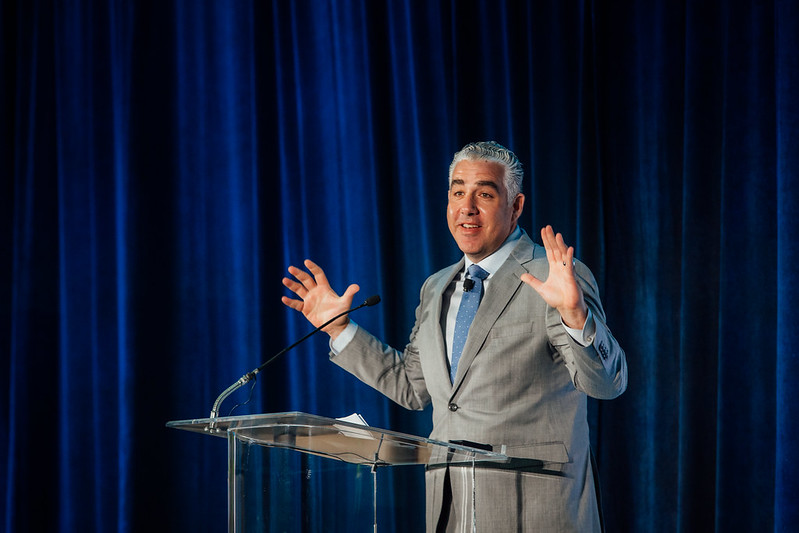

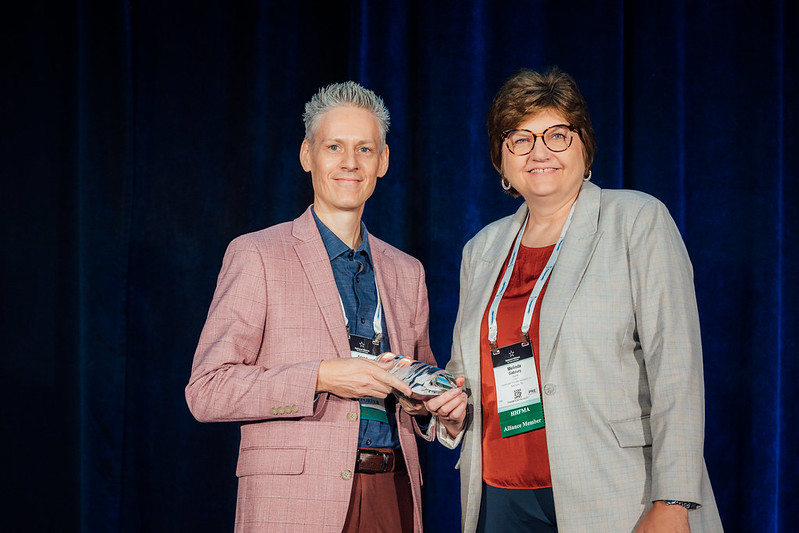
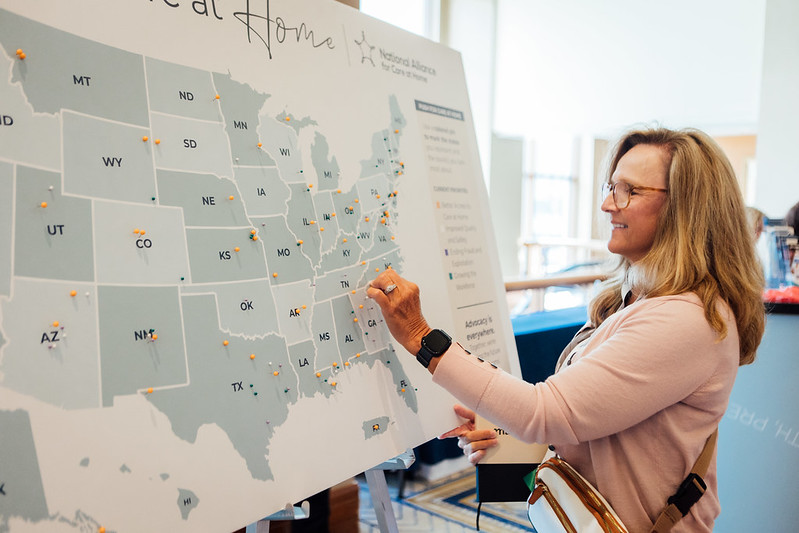

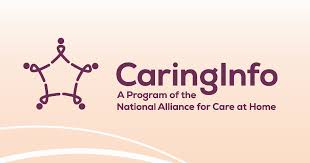



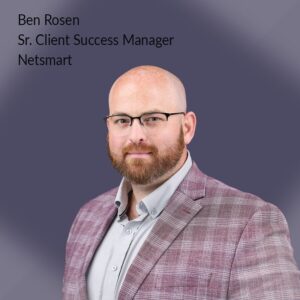

 Earl L. “Buddy” Carter is an experienced businessman, health care professional and faithful public servant. For over 32 years Buddy owned Carter’s Pharmacy, Inc. where South Georgians trusted him with their most valuable assets: their health, lives and families. While running his business, he learned how to balance a budget and create jobs. He also saw firsthand the devastating impacts of government overregulation which drives his commitment to ensuring that the federal government creates policies to empower business instead of increasing burdens on America’s job creators.
Earl L. “Buddy” Carter is an experienced businessman, health care professional and faithful public servant. For over 32 years Buddy owned Carter’s Pharmacy, Inc. where South Georgians trusted him with their most valuable assets: their health, lives and families. While running his business, he learned how to balance a budget and create jobs. He also saw firsthand the devastating impacts of government overregulation which drives his commitment to ensuring that the federal government creates policies to empower business instead of increasing burdens on America’s job creators. Congressman Ami Bera, M.D. has represented Sacramento County in the U.S. House of Representatives since 2013. The 6th Congressional District is located just east and north of California’s capitol city, Sacramento, and lies entirely within
Congressman Ami Bera, M.D. has represented Sacramento County in the U.S. House of Representatives since 2013. The 6th Congressional District is located just east and north of California’s capitol city, Sacramento, and lies entirely within